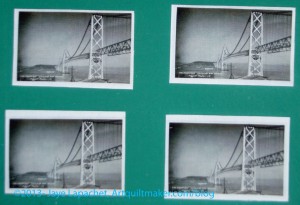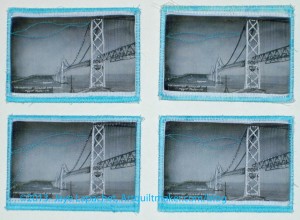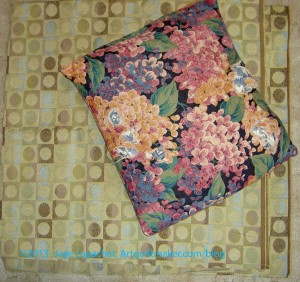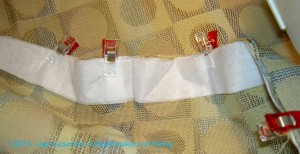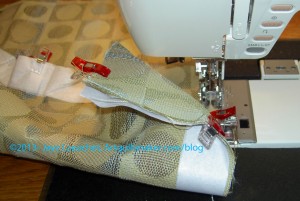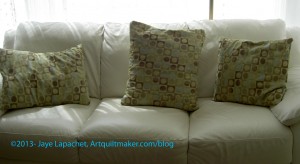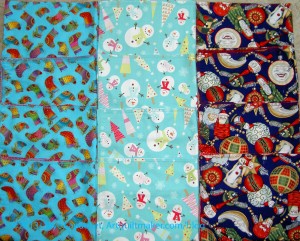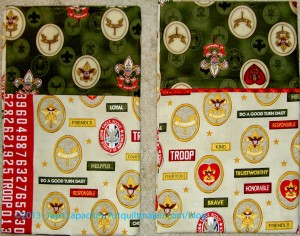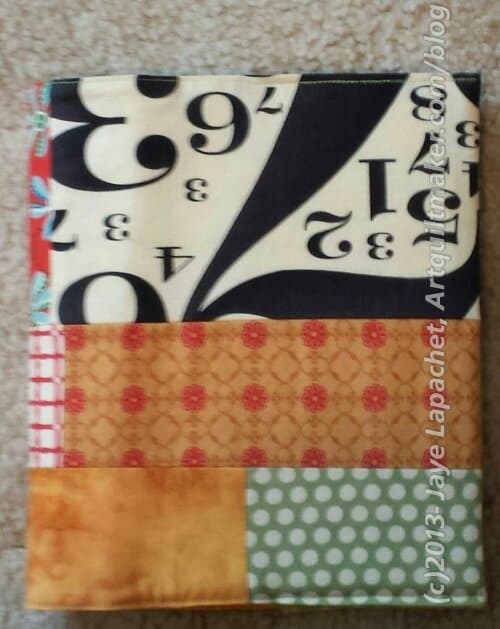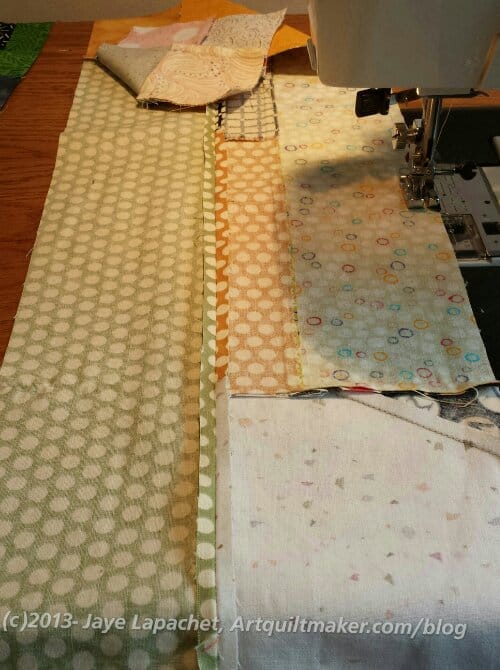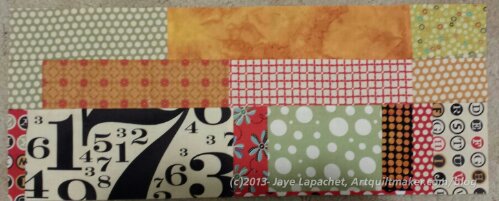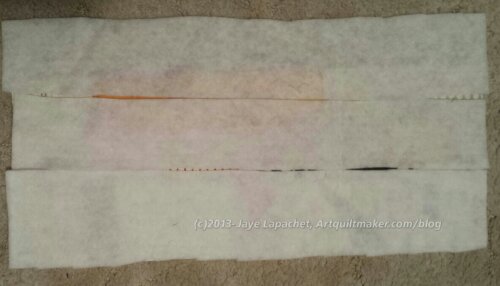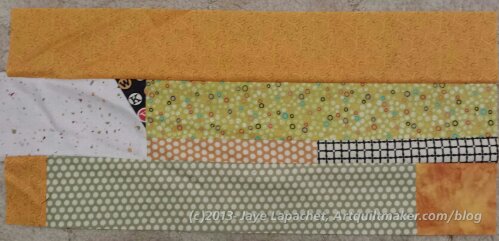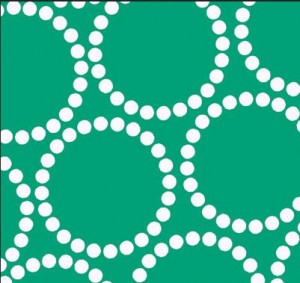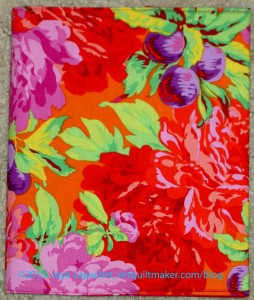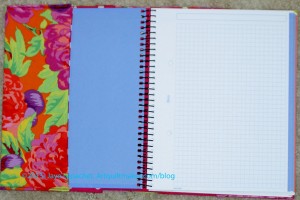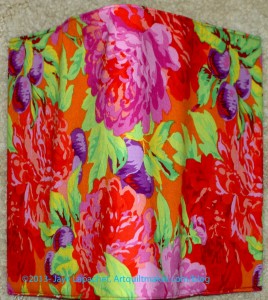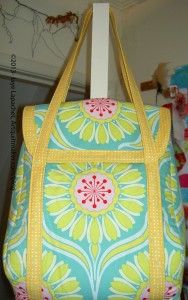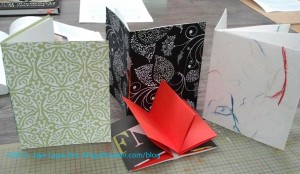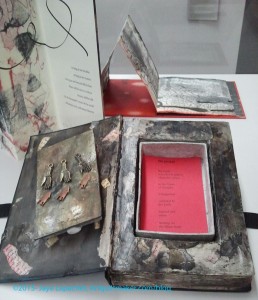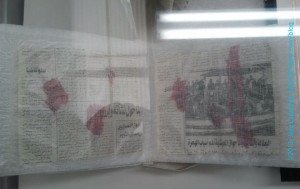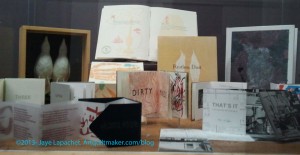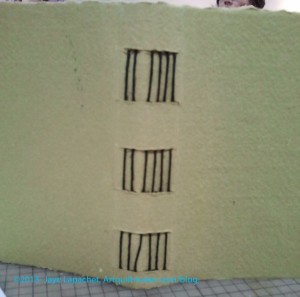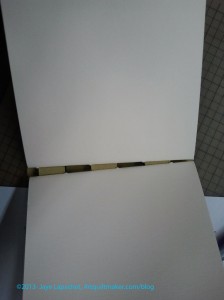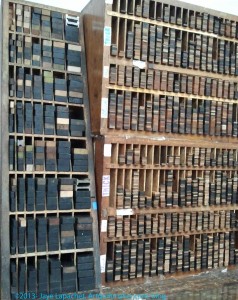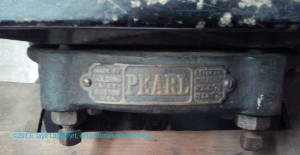 Aimee Ray’s Sweet & Simple Jewelry: 17 Designers, 10 Techniques & 32 Projects to Make by Aimee Ray
Aimee Ray’s Sweet & Simple Jewelry: 17 Designers, 10 Techniques & 32 Projects to Make by Aimee Ray
When I received this book from Ken at Lark Crafts, I saw the cover and was really excited. The cover looks like the designer got his/her colors from a candy shop. ‘Sweet’, but not sickly sweet, is definitely how I would describe it. I have to say that I was a little disappointed that this wasn’t a quilt book, but was glad to see that fabric is used in a number of the projects.
I have noticed a trend (can I call it that?) of including a visual table of contents in some recent books I have read and/or reviewed. Purses Bags Totes had one which really helped my navigation of the book as well as writing the review. I notice that this book has one as well.
Not only does this visual ToC, as we, in the Library biz call it, help with navigation, but it gives a potential buyer a little more information. I hope that Amazon and other online booksellers will include such information in their ‘inside look’ pages.
From the ToC, I can see that this book has more colorful projects than some of the other jewelry books I have read recently. This one uses felt, embroidery thread and fabric scraps in many of the projects, which adds to the color choices.
Like many other Lark Jewelry & Beading books, this has a comprehensive Basics, pg.10, section. I love the ‘cover photo’ that begins the section depicting a variety of supplies and embellishments. Many of the supplies can already be found in your quiltmaking cupboard. Each subsection includes a couple of sentences about why you would use each material. Tools are listed separately, starting on pg.17, again, with definitions of what they are and why you would use them.
Following Tools is a section on Techniques, pg.20-, which discusses embroidery, transferring templates and patterns, hooping, to knot or not to knot (HA!), stitches, working with polymer clay type materials and a whole host of other techniques that may add to your creative jewelry designs.
After a very comprehensive 28 pages of Tools, Tips and Techniques, Aimee Ray launches into the projects. The first page of the section includes larger photos of a selection of the projects.
One of my favorite projects is the Felted Terrarium Necklace, pg.45. I wouldn’t make it, but I like the look. It would also be great as a gift for a charm bracelet.
The projects consist of a large photo of the finished piece9s) and 1-2 pages of directions, which includes tips, a materials and tool list. Not being a jewelry maker, I cannot judge whether this is enough information to finish the project.
I also like the Cabochon Hairpins, pg.57. This is a really unique idea, perhaps because I have hatpins on the mind after reading Jacqueline Winspear‘s book, Maisie Dobbs again. I have not seen anything like this before and give kudos to the designer, Kathy Sheldon for thinking outside the box.
This is also a very well designed book. I like the colors of the layout as well as the graphic embellishments and photography on the inner pages. Take a look at this book and be inspired.
View all my reviews
